The MACMAP project (Multidisciplinary Analysis of Climate change indicators in the Mediterranean And Polar regions) has, among other activities, the work package 5 whose activities will allow to measure some effects of climate change on the cryosphere through the development of innovative radar systems, the installation of seismic and tide gauge stations, satellite measurements and numerical simulations on a local and global scale. The evolution of the dynamics of the cryosphere will also be interpreted in relation to atmospheric conditions and the radiative balance on the ground thanks to measurements obtained at the Thule observatory.
Within WP5 "Geophysical observations in Polar and Alpine environments" (PI Giovanni Muscari) The radio glaciology group is involved in task 5.2 "Radio Echo Sounding (RES)" in the realization of an innovative glacioradar built with SDR (Software Defined Radio) device, the task involves the creation of a new version of an INGV “GlacioRADAR” airborne RES system. The main innovation will concern the use of a radar with a monostatic chirp code. A further improvement will consist in downsizing and lightening the system to increase its portability. The new RES system will be tested on alpine glaciers previously studied in the alpine countryside (2013) and the interpretation of the profiles will benefit from the seismological measurements of the project.
In the first year of the task activity a simulations have been performed for the design of the new Glacioradar, trying to optimize the system for the best radar waveform to use. An example is reported in the figure below.

Figure 1 - The phase coding (Baker code) of the transmitted signal is displayed in the upperplot. The lower plot shows its power spectrum with the vertical line indicating the frequency range containing 99% of the transmitted power
Based on the work carried out during this first year, a table of the main instrument characteristics has been laid out (Table 1).
|
CARATTERISTICHE NUOVO GLACIORADAR |
||
|
Parametro |
Valore |
Note |
|
Frequenza |
10 – 400 MHz |
Frequenza segnale |
|
Pulse Repetition Rate (PRR) |
100 Hz |
n° di tracce radar/s |
|
Sample rate |
25 MHz |
Risoluzione in metri |
|
Durata impulso |
1.040 us |
|
|
Subimpulso |
80 ns |
Durata subimpulso |
|
Lunghezza codice |
13 bit |
Barker code |
|
Risoluzione |
12 m |
|
|
Punti per traccia |
2048 |
|
|
Durata traccia |
81.92 us |
|
|
Profondità d'indagine |
12.3 km |
|
|
Numero punti traccia |
2048 |
|
The core of the system will be based on a programmable SDR commercial system (Software Defined Radio) like the ETTUS N300 while the whole electronic parts from the antennas to the SDR will be designed and built at the INGV laboratory.
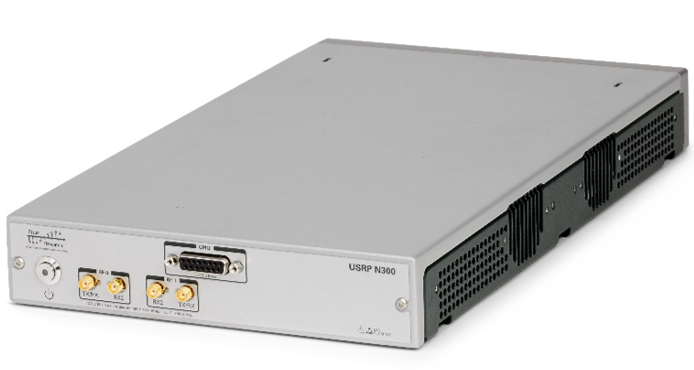
Caratteristiche N300:
- 10 MHz to 6 GHz frequency range
- Up to 100 MHz of bandwidth per channel
- 2 RX, 2TX
- RX, TX filter bank
- 16 bit ADC, 14 bit DAC
- Sample rates: 122.88, 125, and 153.6 MS/s
- Xilinx Zynq-7035 SoC
- Dual-core ARM Cortex-A9 800 MHz CPU
- PPS time reference
- Built-in GPSDO
Second year activities.
The prototype of the new glaciological measurement radar uses the SDR (Software Defined Radio) N300 programmable device from Ettus Research. The programmable SDR devices allow to generate and acquire modulated radio signals in a wide range of frequencies making the radar flexible and usable in different types of RES measurements such as ground measurements or measurements by helicopters or airplanes. The first laboratory tests of the SDR device were carried out by writing the C ++ code that generates all the radar signals that will satisfy the radar characteristics defined in the first year of the project. After testing the code, we moved on to the creation of the front-end electronic circuits for interfacing the radiofrequency power amplifier with the SDR device. The level adapters of the trigger signals and the signal limiters of the receiving antenna have been designed. After the design phase of the circuits and electronic boards, we moved on to the assembly phase.
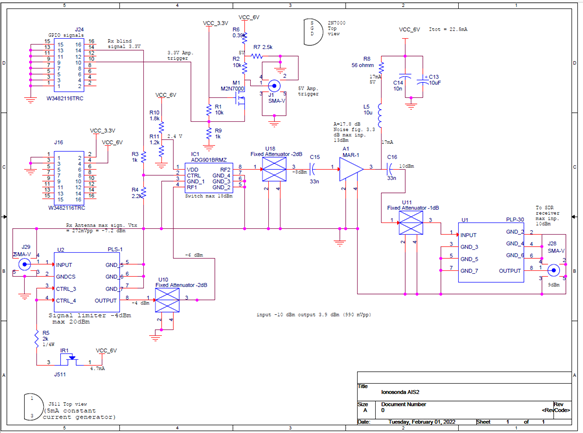
Fig3: Adapter scheme.
The electronic components were mounted on the boards and all laboratory tests of the level adapters of the trigger signals and the signal limiters of the receiving antenna were carried out. Tests were carried out to verify the levels of the digital signals and the operation of the limiters in all the working configurations of the radar. For the helicopter measurements that will be carried out on alpine glaciers it was decided to use Radarteam's SE40 antennas operating at 40 MHz.
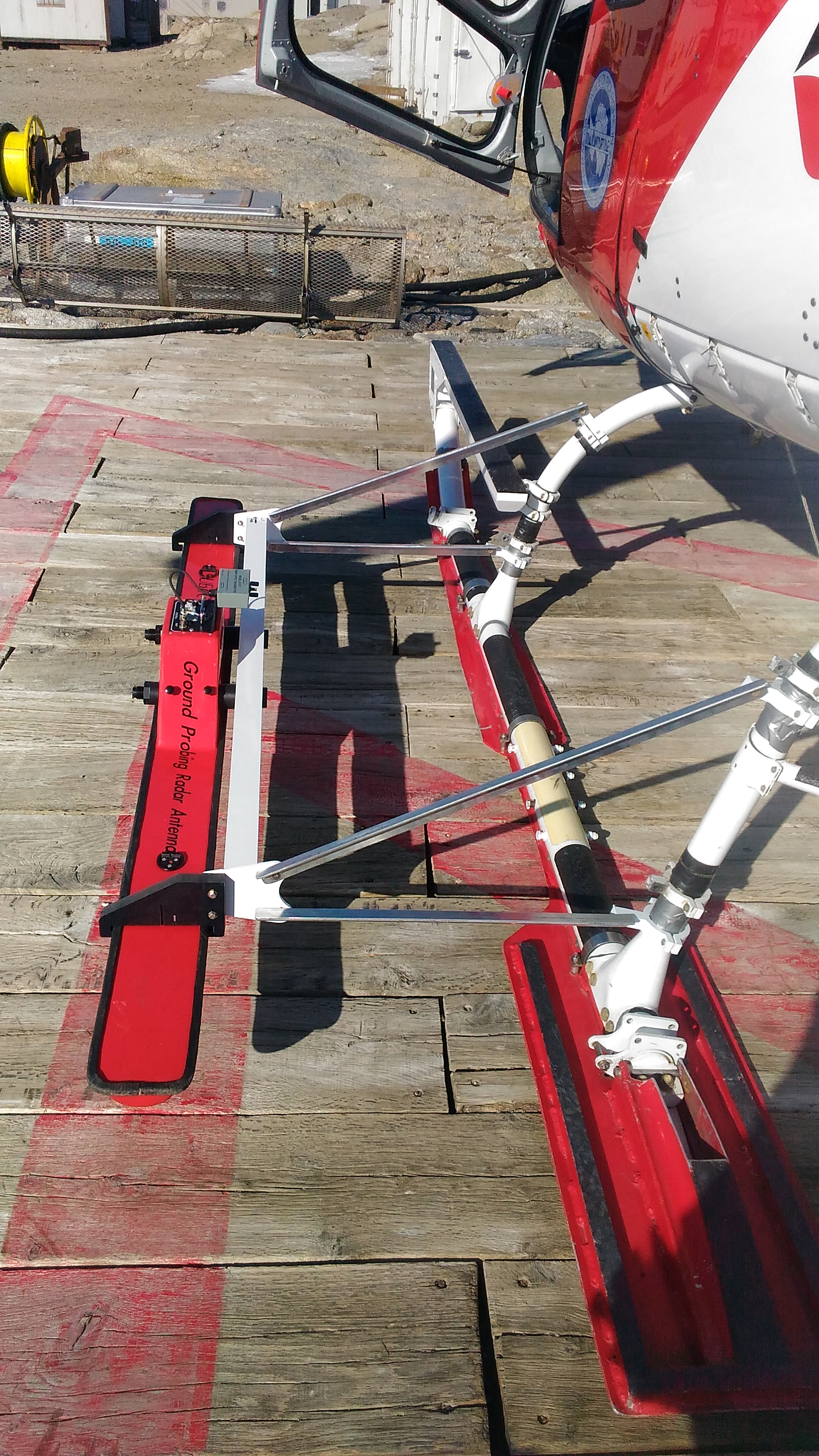
Fig.4: SE40 antenna mounted on the helicopter.
These antennas are already available in our electronic laboratories and can be easily transported on ice with sledges or mounted under the helicopter with suitable adapters. For the SE40 antennas, 2 40 MHz baluns have been created for the adaptation between the balanced 300 ohm line of the antennas and the unbalanced 50 ohm line of the radar transmitter and receiver. The baluns were made with two high-frequency transformers and the whole was assembled in two electronic drawers (see fig.1) to be inserted inside the antennas and properly connected. Subsequently, impedance measurements were performed with the network analyzer to verify correct operation. Fig. 2 shows the Smith diagram of the real and imaginary part of the antenna input impedance with the balun mounted.
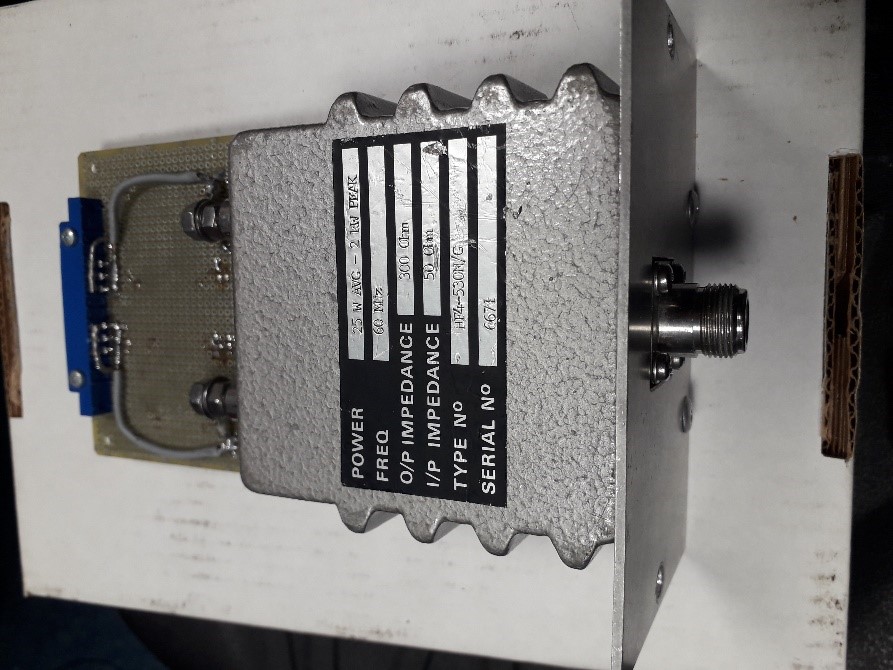
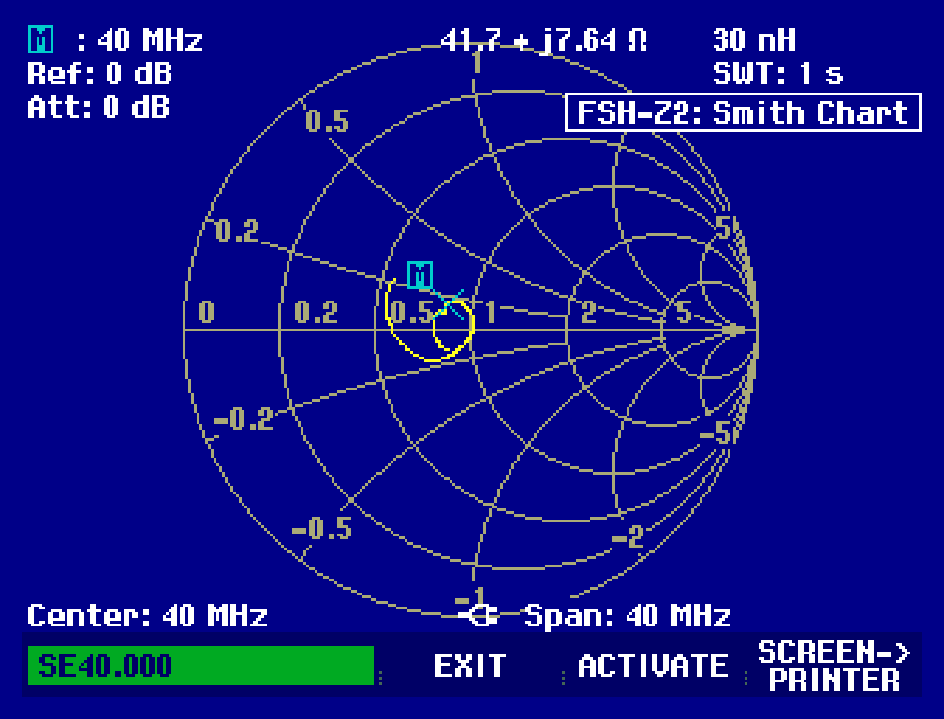
Fig5: antennas drawer. Fig.6: Smith diagram of input antenna drawer.




